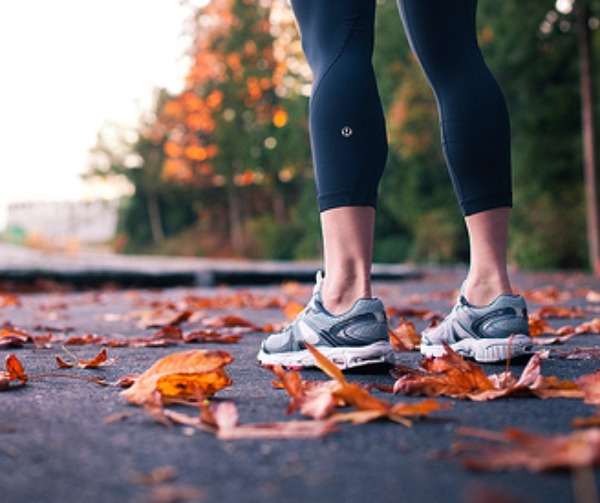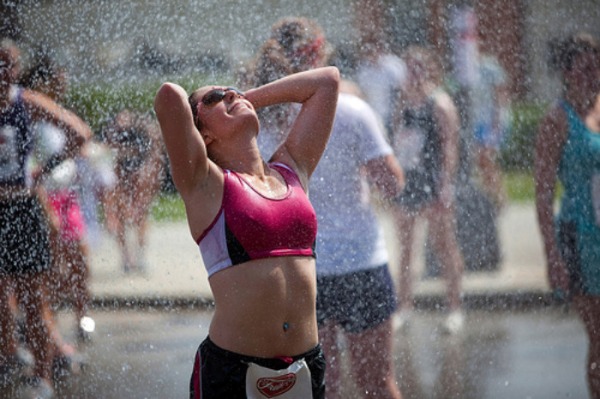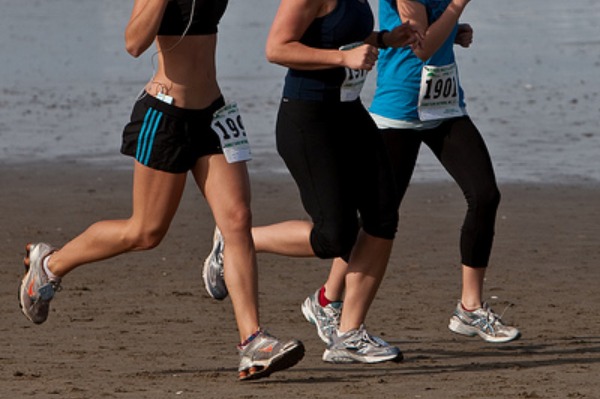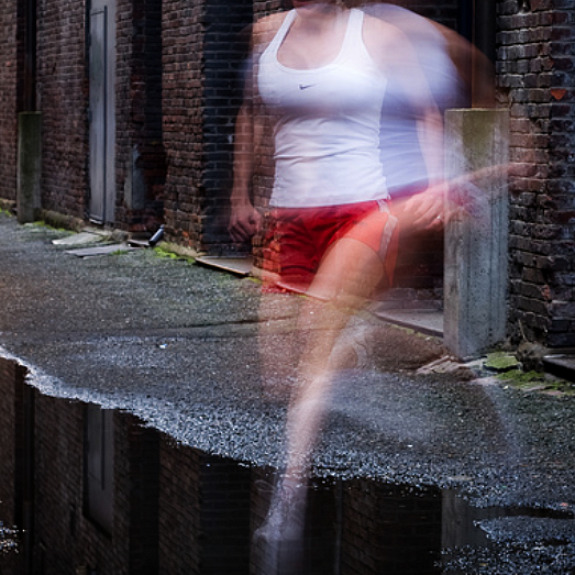(photo source)
On Sunday, I cranked out the best run I’d had in a long time. I ran a 7-miler in 58 minutes, which is a very strong, hard run for me. Ironically, despite my fast pace, the run seemed much easier than the runs I’d had in the previous weeks. It’s really strange how little (and big) things can affect my runs. This time, I think my time and amazing exertion are to due to two factors: sleep and weather.
For the last 3 weeks, I have had an incredibly difficult time staying asleep. No matter what time I go to bed – whether its 9 PM or 1 AM, I’ve only been able to sleep 4-6 hours a night. For those with insomnia or newborns, this may seem like a gift. But for a full-time professional, wife and mother of two, runner, and traveler, 4-6 hours is not enough to sustain all of my responsibilities with a smile.
On Saturday night, I managed to get a full 7 hours of sleep, despite staying out later than normal. That extra 1-2 hours made all the difference in the world for my mood and for my run. I woke up feeling refreshed and completely awake. This brief reprieve in sleep deprivation caused me to be extra enthusiastic about my typical Sunday morning run.
In addition to sleep, the weather played a significant role in the success of my run. It just happened to be perfect weather for a Fall run – 48 degrees and sunny. Just crisp enough to clean the air, but not too cold to make your lungs hurt after exertion. It’s the kind of weather that tricks you into thinking it’s cold enough to wear a running jacket, but then after your first mile, you are kicking yourself for wearing it.
I know my sleep issues are far from being over, just like I know that snowy and cold winter weather are merely days away. But it’s days like Sunday, where my run seems effortless, that make running on any given day worth it.











Most Recent Comments